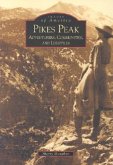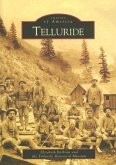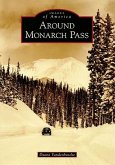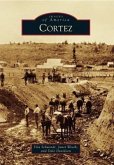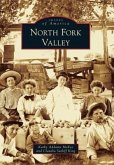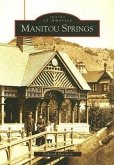Native American tribes once traversed the east-west anomaly of the Rocky Mountains known as the Palmer Divide as a passage between the high ranges and the Great Plains. Lying between Denver and Colorado Springs, and named for William Jackson Palmer, founder of Colorado Springs, the offshoot range divides the great Platte and Arkansas River systems. Settlers homesteaded, farmed, and ranched the area. Railroad construction in the 1870s led to towns supporting commerce and tourism, particularly in the western section of the Palmer Divide, in what eventually became known as the Tri-Lakes Area. The area drew tourists who enjoyed hiking, wildflowers, and the outdoors, and facilitated such local industries as ice harvesting, lumber milling, ranching, and potato farming. A vast area north of Colorado Springs, the Palmer Divide retains a picturesque rural nature and cohesive small-town feeling--creating such social events as the Rocky Mountain Chautauqua and the Yule Log Festival, as well as the enduring Palmer Lake Star on Sundance Mountain.
Hinweis: Dieser Artikel kann nur an eine deutsche Lieferadresse ausgeliefert werden.
Hinweis: Dieser Artikel kann nur an eine deutsche Lieferadresse ausgeliefert werden.


